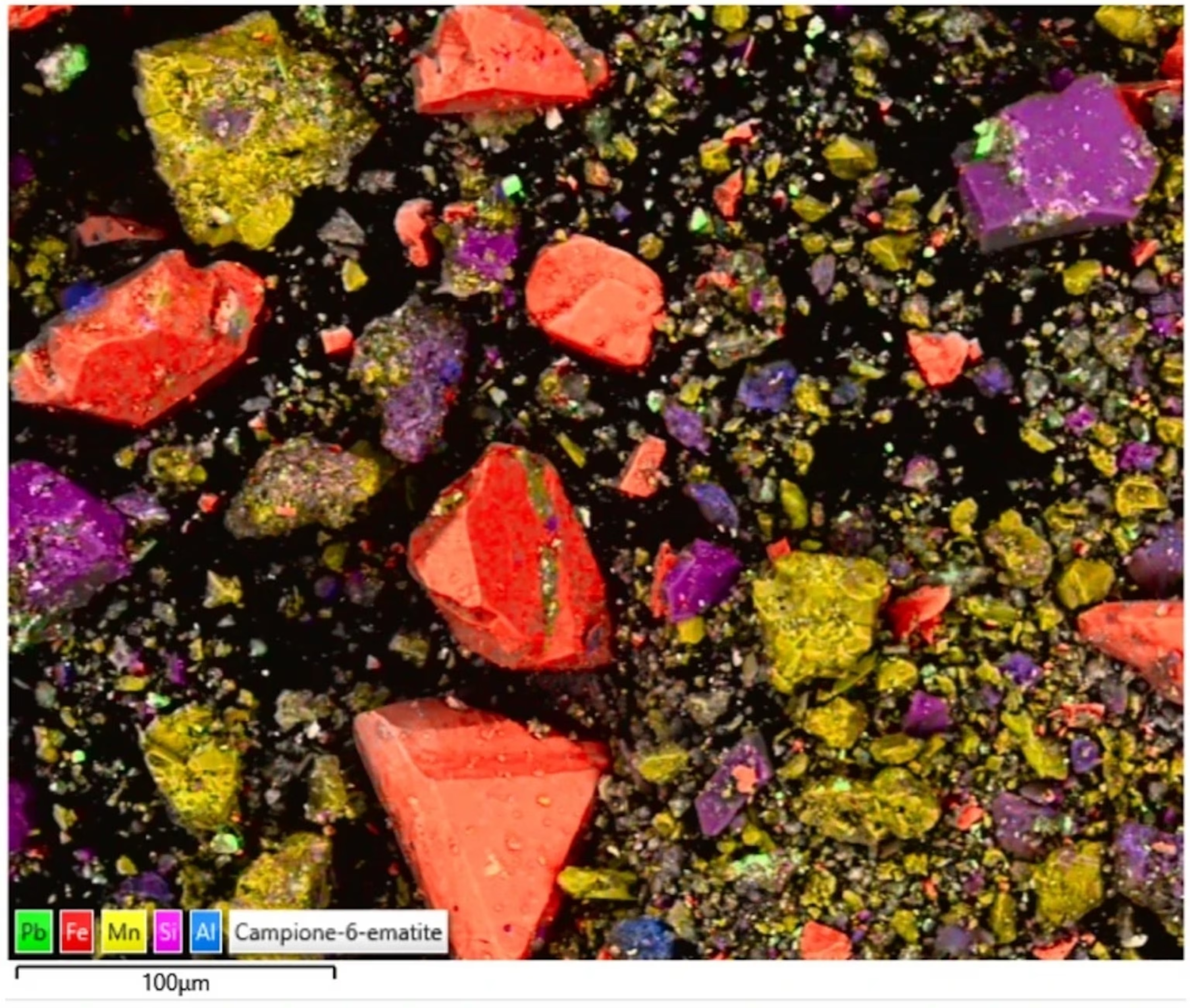4,000-Year-Old Lipstick: A Timeless Symbol of Beauty Unearthed in Iran
The carved chlorite vial containing the cosmetic preparation.
University of Padova and ISMEO, Rome
In a groundbreaking archaeological revelation, researchers have unveiled what is believed to be the world's oldest known lipstick—a small, ornate stone vial containing a deep red paste, discovered in southeastern Iran. Dating back to the Bronze Age, this remarkable artifact offers a glimpse into the ancient rituals of beauty and adornment, proving that the allure of a crimson lip knows no bounds across millennia.
The discovery, made possible by the 2001 flooding of the Halil River Valley, has captivated scholars and beauty enthusiasts alike. Carbon-dated between 1936 B.C. and 1687 B.C., the lipstick vial represents a tangible link to a bygone era—a time when civilizations thrived alongside the banks of ancient rivers and the echoes of history reverberated through the ages.
"We hypothesize a lip paint, rather than a solid lipstick because we have no certain idea about the original consistency or fluidity of the cosmetic substance," explained Massimo Vidale, one of the study's lead researchers and a professor of archaeology at the University of Padua in Italy. This revelation underscores the complexities of ancient cosmetic practices, offering insight into the materials and techniques employed by our ancestors in their quest for beauty.
The lipstick vial, crafted from chlorite stone, stands as a testament to the ingenuity and craftsmanship of ancient artisans. Measuring approximately two inches tall by three-quarters of an inch wide, it bears the hallmarks of meticulous handiwork, a testament to the reverence accorded to beauty and adornment in ancient civilizations.
Mineralogical composition of the cosmetic preparation. Enhanced in false colors, red, micro-stratified fragmented sheets of hematite pinacoid forms; pseudo-octahedral crystals of braunite in yellow; fragmented (ground) quartz particles in pink. Rare cubic crystals of galena appear in green.
University of Padova and ISMEO, Rome
But perhaps most striking are the mineral components of the lipstick artifact, which bear a striking resemblance to the recipes of contemporary lipsticks. Hematite, darkened with manganite and braunite, along with traces of galena and anglesite, form the basis of the vibrant red pigment, mixed with vegetal waxes and other organic substances—a composition that mirrors the ingredients found in modern cosmetics.
For Vidale, the discovery holds a deeply personal significance, offering a glimpse into the lives of women and children of ancient civilizations. "I've always felt closely connected to the people and civilizations of ancient Iran," he reflected. "And having a grown-up daughter, I've always been deeply intrigued when I came across material evidence that could be linked to women and children of that age and those cultures."
As we marvel at this ancient artifact, we are reminded of the enduring quest for beauty and self-expression that transcends time and space. From the banks of ancient rivers to the bustling streets of modern cities, the allure of a crimson lip endures—a timeless symbol of femininity, power, and grace.








